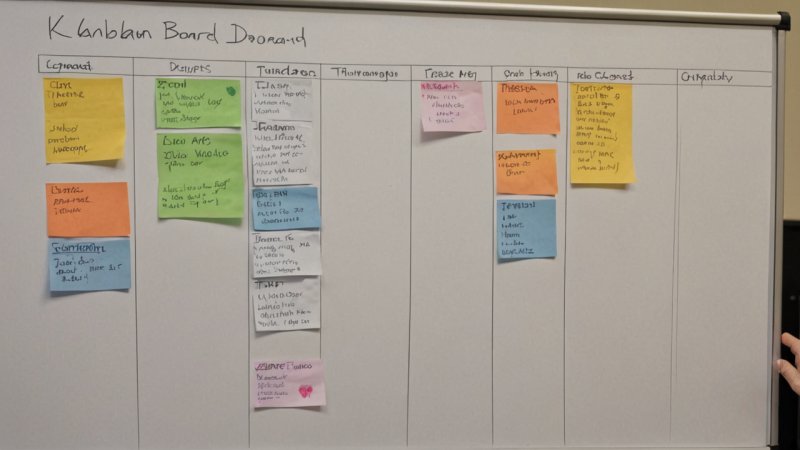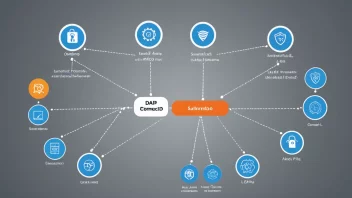Introduction
Kanban is a powerful visual management tool that helps teams optimize their workflows by focusing on continuous delivery and improvement. In the realm of software development, Kanban can significantly enhance productivity, collaboration, and project visibility. This article explores the top seven strategies for effectively implementing Kanban to streamline software development workflows.
1. Visualize Your Workflow
One of the core principles of Kanban is to visualize the workflow to enhance transparency and understanding among team members. Use a Kanban board to represent stages of work, from 'To Do' to 'Done'. This can be done physically with sticky notes on a whiteboard or digitally using project management tools.
2. Limit Work in Progress (WIP)
To prevent bottlenecks and ensure smooth workflow, establish limits on the amount of work in progress. This encourages teams to complete tasks before taking on new ones, thus maintaining focus and reducing multitasking.
3. Implement Continuous Delivery
Kanban supports continuous delivery, allowing teams to deploy updates and features incrementally. This strategy helps to gather user feedback more frequently and adapt to changing requirements faster.
4. Establish Clear Policies
Define clear policies for each stage of the Kanban board. This can include criteria for moving tasks from one column to another. Clear policies improve team alignment and ensure everyone understands the workflow process.
5. Foster Collaboration and Communication
Encourage regular communication among team members. Daily stand-up meetings can be effective in discussing progress, addressing roadblocks, and ensuring everyone is aligned on project goals.
6. Use Metrics to Drive Improvement
Utilize metrics such as cycle time and lead time to assess the efficiency of your workflow. Analyze these metrics regularly to identify areas for improvement and adjust your processes accordingly.
7. Embrace Feedback and Adapt
Kanban thrives on feedback. Regularly solicit input from team members and stakeholders to continuously refine your processes. Being open to change will lead to a more effective and responsive workflow.
Conclusion
Implementing Kanban in software development can greatly enhance workflow efficiency and team collaboration. By visualizing work, limiting WIP, and fostering a culture of continuous improvement, teams can adapt quickly to changes and deliver high-quality software. Embrace these strategies to maximize the benefits of Kanban and improve your development processes.






